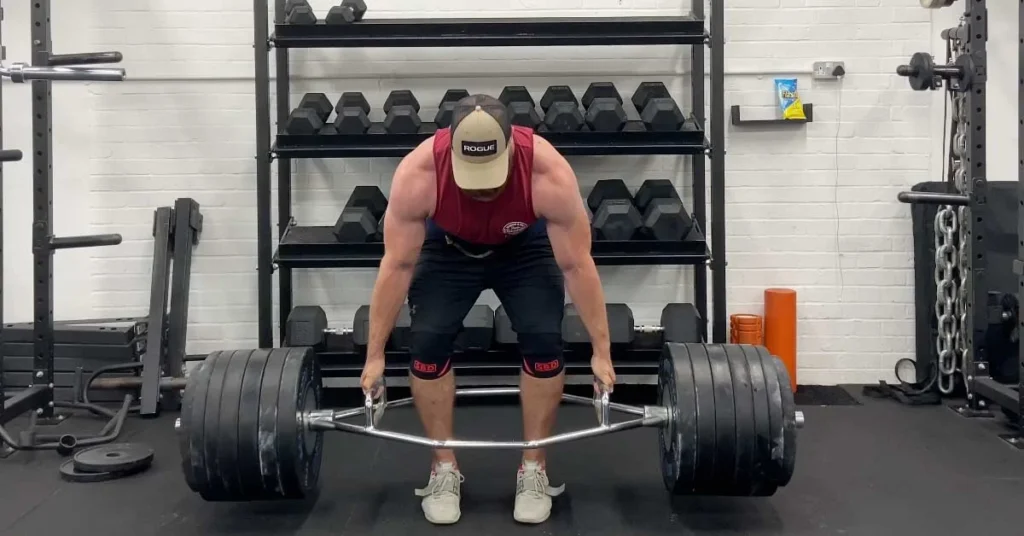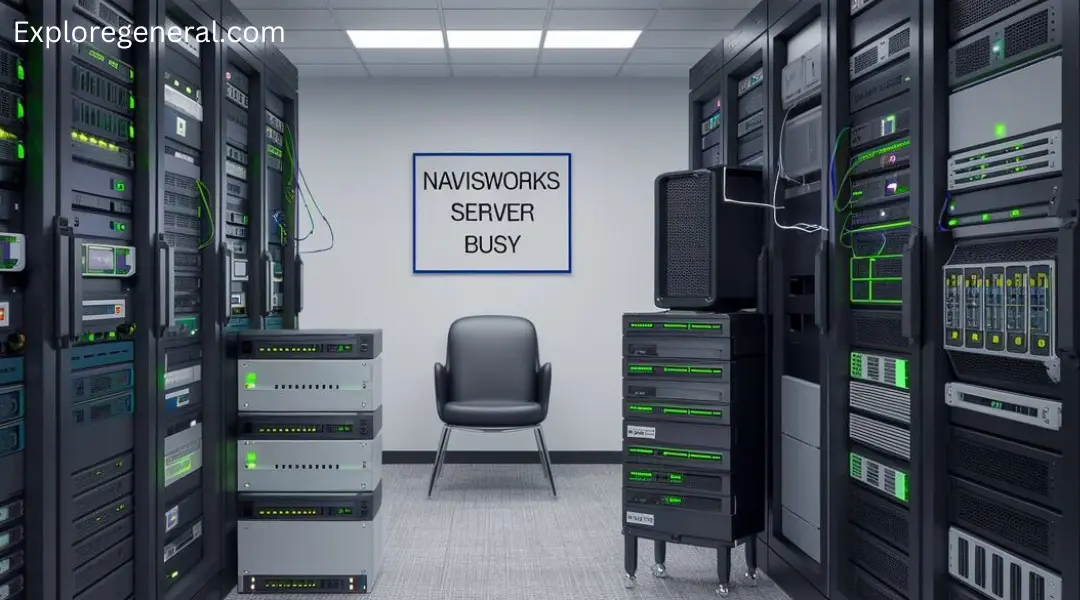In today’s digital age, technology plays a pivotal role in our lives. From smartphones to laptops, we are constantly engaging with devices that require us to stay seated for prolonged periods. While these devices improve productivity and connectivity, they often lead to a host of physical issues especially when it comes to posture, flexibility, and musculoskeletal health. One of the most common problems is what’s known as tech neck, a condition where poor posture leads to neck and upper back pain due to prolonged screen time.
Fortunately, there’s a simple yet highly effective tool that can help alleviate these discomforts and restore balance to our bodies the tech rod exercise. The tech rod exercise is designed to counteract the negative effects of prolonged sitting, improve posture, relieve tension, and promote overall flexibility. This article explores the importance of the tech rod exercise, its benefits, how to perform it, and why it should be an integral part of your daily routine.

If you want to know more about Bloomfield Tech High School NJ Logo then checkout our last blog post.
What is the Tech Rod Exercise?
The tech rod exercise is a series of movements and stretches designed to address the muscle tension and imbalances caused by long hours spent hunched over screens. It typically involves using a flexible rod, also called a “tech rod” or “posture rod,” as a prop to perform specific exercises that target the areas most affected by tech-related posture issues. These include the neck, shoulders, upper back, and spine.
While the exercise can be done using a physical rod, the key lies in the motion and engagement of specific muscle groups, making it possible to do the exercises without any equipment, although using the tech rod adds a layer of resistance and support to the movements. The primary goal of the tech rod exercise is to improve posture, increase flexibility, and relieve muscle tension, all of which are compromised by long periods of sedentary tech use.
How Long Do You Need to Practice Tech Rod Exercises?
The duration of the exercises can vary depending on your personal goals and the time available in your daily routine. However, a general recommendation is to spend at least 10 to 15 minutes each day performing tech rod exercises to see noticeable improvements in posture, flexibility, and muscle relaxation. Since these exercises can be easily incorporated into your routine, they offer a simple yet highly effective way to offset the negative impact of tech use on your physical health.
Why Is the Tech Rod Exercise Important?
The modern lifestyle, often referred to as the “tech lifestyle,” involves many hours spent looking at digital screens, which promotes poor posture and places excessive strain on the musculoskeletal system. Whether you’re working on a computer, using your smartphone, or gaming, this behavior can lead to various health problems. Tech rod exercises are designed to address these issues by strengthening and stretching the muscles that are often weakened or overworked by sedentary activities. Here’s why incorporating the tech rod exercise into your routine is essential.
1. Correcting Postural Imbalances
Tech related postural issues, such as rounded shoulders, forward head posture, and slumped backs, are commonly referred to as “tech neck” or “text neck.” These imbalances can lead to discomfort, stiffness, and chronic pain. Tech rod exercises help reverse these imbalances by stretching and strengthening the muscles responsible for holding the body upright and aligned.
2. Reducing Muscle Tension and Pain
Sitting for long periods with improper posture leads to muscle tightness, especially in the neck, shoulders, and back. The tech rod exercise focuses on releasing tension from these areas, providing relief from pain and discomfort. Regular practice can prevent the buildup of muscle stiffness, which is a common complaint among people who work at desks or spend hours on their phones.
3. Improving Flexibility and Mobility
Tech rod exercises focus on mobility, ensuring that the joints, muscles, and connective tissues stay flexible. Prolonged sitting can reduce your range of motion, leading to stiffness and discomfort. By performing stretches and movements with the tech rod, you can increase flexibility in your spine, shoulders, and neck, helping you to maintain better posture and greater mobility.
4. Preventing Tech Neck Syndrome
“Tech neck” refers to the aches, pains, and stiffness that result from poor posture due to excessive tech use. This condition often manifests as a forward head position, which puts unnecessary strain on the muscles of the neck and upper back. The tech rod exercises help correct this forward head posture, strengthen the muscles of the neck and upper back, and alleviate the discomfort associated with tech neck.
Benefits of Tech Rod Exercises
Performing tech rod exercises on a consistent basis provides numerous benefits for both short-term and long-term physical health. These benefits include.
1. Postural Alignment
One of the key benefits of tech rod exercises is the ability to improve postural alignment. The exercises specifically target the muscles that help keep the spine aligned and the shoulders in a neutral position. By strengthening and stretching these muscles, the exercises work to reverse poor posture and encourage a healthier spinal alignment.
2. Increased Blood Flow
The gentle stretching and movement involved in the tech rod exercises stimulate circulation throughout the upper body, particularly in the neck and back. This increase in blood flow helps reduce stiffness and promotes faster recovery from muscle fatigue and tension.
3. Improved Core Strength
Many tech rod exercises involve engaging the core muscles, which play a significant role in maintaining stability and posture. Strengthening the core helps support the spine, alleviating pressure on the neck and lower back, and reducing the likelihood of injury during daily activities.
4. Relief from Headaches
Tech neck can often lead to headaches and tension headaches, which are caused by muscle tightness and poor posture. By relieving tension in the neck and upper back, tech rod exercises can help reduce the frequency and intensity of headaches.
5. Increased Flexibility and Range of Motion
By regularly performing the exercises, you can increase your range of motion in the neck, shoulders, and upper back. This added flexibility not only helps relieve discomfort but also improves overall mobility, making daily tasks like turning your head, reaching, and stretching easier.
6. Prevention of Long Term Pain
By addressing the root causes of neck and back pain early on, tech rod exercises can prevent the development of long-term conditions, such as chronic pain, degenerative disc disease, or muscle imbalances. Early intervention is key to avoiding the need for more invasive treatments later on.

If you want to know more about Bloomfield Tech High School NJ Logo then checkout our last blog post.
How to Perform Tech Rod Exercises
Tech rod exercises can be simple to learn and integrate into your daily routine. Here are some common exercises that can help improve posture, relieve tension, and increase flexibility.
1. Overhead Stretch
This exercise targets the shoulders and upper back, helping to relieve tightness from tech use.
- Stand with your feet hip width apart and hold the tech rod with both hands.
- Raise the rod overhead, keeping your arms straight.
- Slowly lean to one side, feeling a stretch along the side of your body and shoulder.
- Hold for 15 to 30 seconds, then return to the center and repeat on the other side.
2. Chest Opener
This stretch helps to open the chest and relieve tension in the shoulders and upper back.
- Stand with your feet hip width apart, holding the tech rod in front of you.
- Place the rod behind your back and grip it with both hands.
- Slowly pull the rod away from your body while gently lifting your chest toward the ceiling.
3. Neck and Shoulder Stretch
This exercise targets the neck and shoulder muscles, which often become tight due to prolonged screen time.
- Stand tall with your feet shoulder width apart and hold the tech rod at shoulder height with both hands.
- Gently tilt your head to one side, feeling a stretch along the side of your neck.
- At the same time, press the opposite shoulder down to increase the stretch.
- Hold for 15 to 30 seconds, then repeat on the other side.
4. Upper Back Stretch
This exercise helps to release tension in the upper back, particularly between the shoulder blades.
- Stand with your feet hip width apart and hold the tech rod in both hands in front of you.
- Extend your arms straight in front of you and rotate the rod to one side, twisting your upper back.
5. Seated Twist
This stretch targets the lower back and spine, helping to relieve stiffness from sitting for long periods.
- Sit on a chair with your feet flat on the floor.
- Hold the tech rod in front of you with both hands and twist your torso to one side, keeping your hips square.
- Hold the twist for 15 to 30 seconds, then return to the center and repeat on the other side.

If you want to know more about Bloomfield Tech High School NJ Logo then checkout our last blog post.
Conclusion
Incorporating the tech rod exercise into your daily routine can have a profound impact on your posture, flexibility, and overall well being. Whether you are an office worker, student, gamer, or someone who spends significant time on digital devices, these exercises help combat the negative effects of technology on your body. By improving posture, relieving tension, and enhancing flexibility, tech rod exercises provide a simple, effective, and low cost solution to the problems caused by a tech heavy lifestyle. Make these exercises a part of your daily routine, and you’ll soon notice improved comfort, better posture, and reduced pain. Your body will thank you for it.


Pingback: Anesthesia Technologists Salary: A Comprehensive Overview - exploregeneral.com